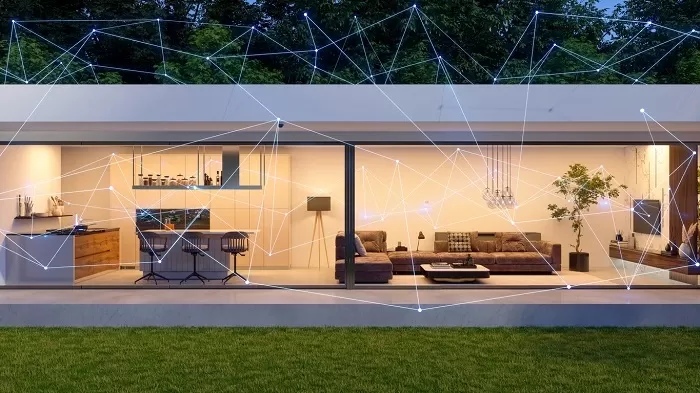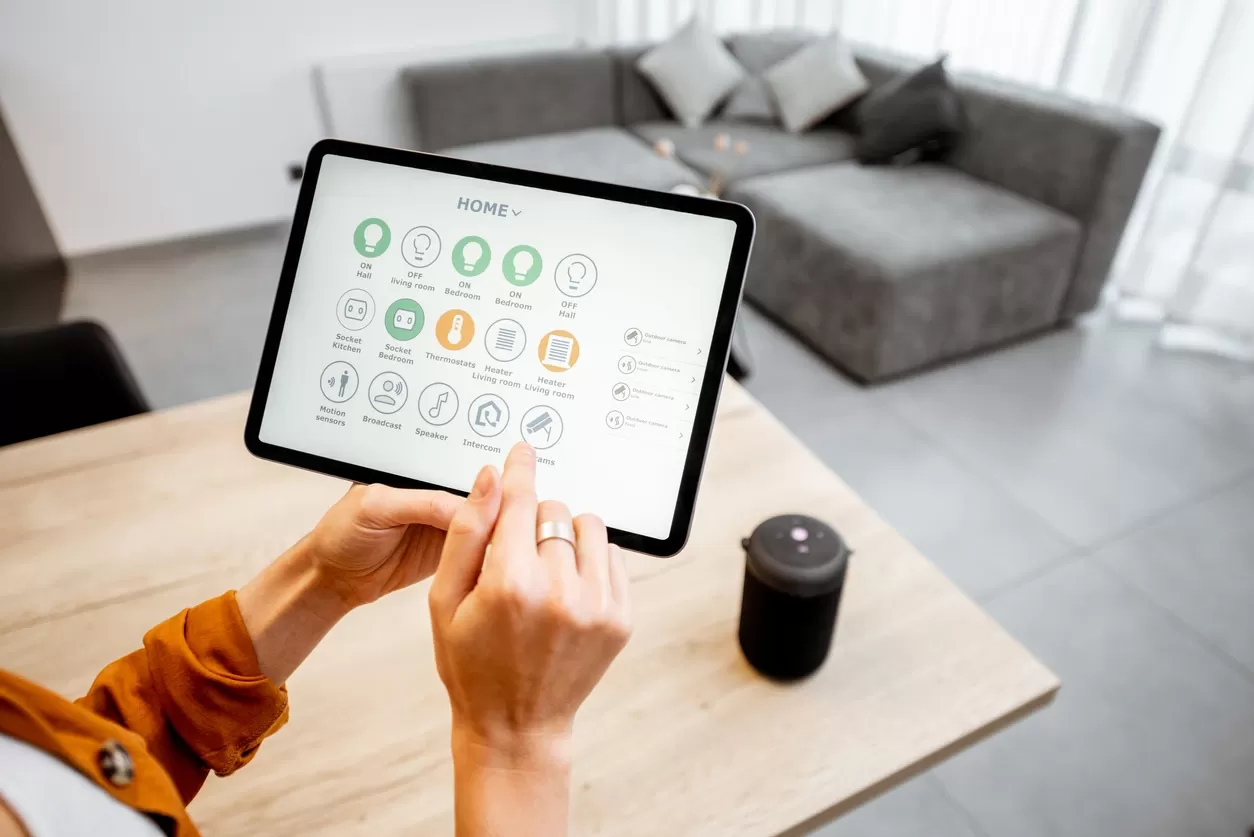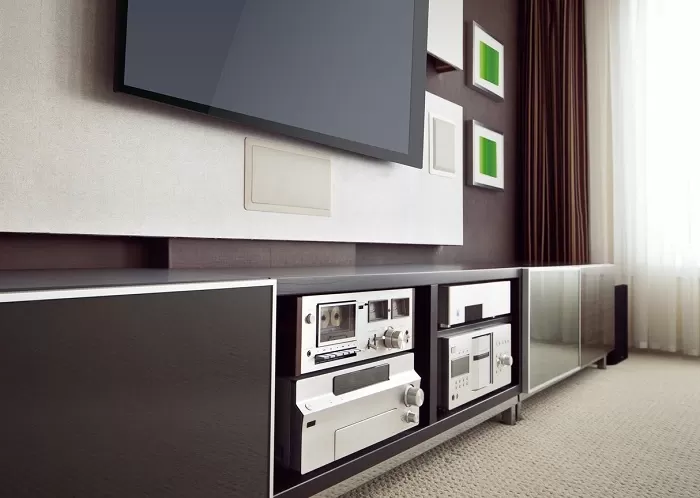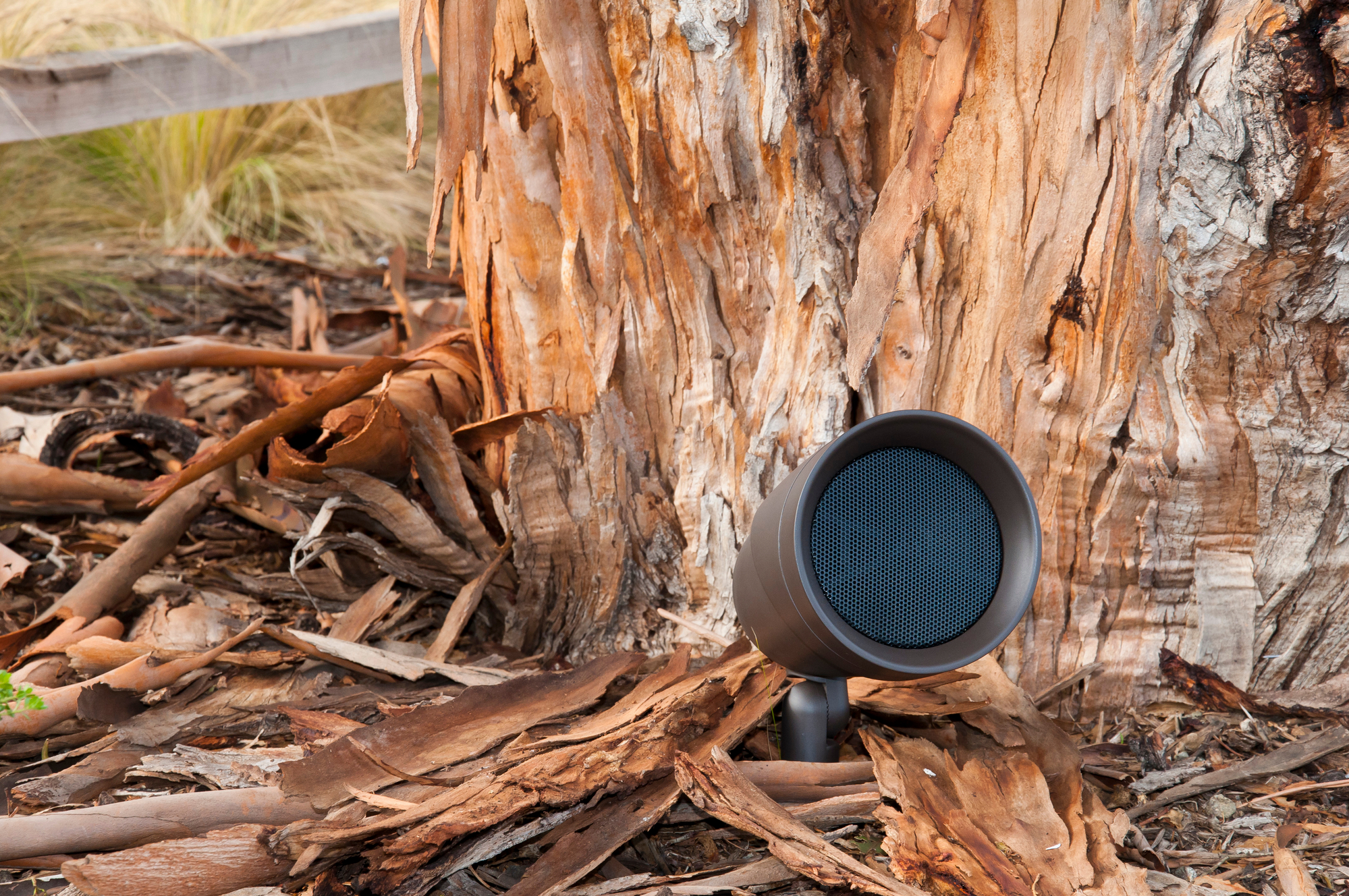Deter or Record Package Thieves
For a myriad of reasons, people are shopping online more now than ever before. If you’re not home, delivered packages might be sitting on the front porch — in plain view from the street and sidewalk for hours. It’s not hard for someone to walk up and take your latest Amazon order. Having a camera watching over the front porch may very well discourage the notoriously observant porch pirate. If they still manage to grab your goods, at least you’ll have the footage and maybe even their vehicle details to share with the police. Capturing the event clearly along with attributes, such as gender, facial features, clothing, and descriptive information can be the difference between remaining a victim or seeing justice being served.
Confirm Package Deliveries
If you’ve ever received a notification that your package was delivered, only to discover it’s nowhere to be found when you get home, it’s not always the work of a thief. Delivery people can make mistakes, and occasionally, your goods end up on someone else’s doorstep. While a surveillance camera won’t tell you where your package was misdelivered, it can prove to you, as well as the seller and shipper, that no delivery took place. This can be the difference between a full refund or having to absorb the total cost of a lost order.
Keeping an Eye on your Loved Ones
Pools, playsets, and trampolines are all great activities for the kids. But each one of them represents some level of risk without supervision. Having a camera focused on these areas will allow you to observe (and hear if your cameras have microphones) what’s going on regardless of whether you’re there or not. Security cameras can also record the comings and goings of your loved ones. Special rules can detect precise motion, sounds, and now motor vehicles and people. So, annoying false alarms, in most cases, can be avoided. The best part is most of these devices are mobile-friendly. If you have elderly parents or simply want to see when you kids leave for or get home from school, security cameras are your eyes and ears.
Monitor Doors and Gates
If you don’t have security contacts on your entry doors or garage doors, there’s no way for you to know if they’re open or closed without visual verification. The gates to most people’s yards never have sensors on them. It’s not uncommon for the family dog to take off on a neighborhood excursion because someone forgot to pull the yard gate closed. A quick check of your cameras lets you know that everything is secure before letting Fido out the back door to do his business. Advanced security cameras can even detect if objects in a field of view are removed or abandoned. These advanced features add in the digital equivalent of what a sensor would do, just by looking at the scene. Imagine being alerted if your beloved 10-foot holiday inflatable disappears suddenly. The combinations are endless, and today’s cameras offer so much more than they did a mere 10 years back.
Animal and Human Mischief
Occasionally, some things happen on our property, and we have no idea who or what the culprit is. What if someone gets hurt on your property or trash cans get knocked over, flowers and veggies disappear from the garden, or smelly little gifts show up on the front lawn? Checking your security cameras might reveal mischievous people, raccoons, and some hungry deer — or even expose your neighbors not cleaning up after their dog or cat. What you do about these particular intrusions is totally up to you, but at least you’ll know what’s going on outside your home whether you’re there or not — day or night!
Where It All Began
Many of the smart home manufacturers that have been in the game for a while started, at least to some degree, with a more modest aim than automating your home. They started by making it easier to operate your TV and all the various devices that you had plugged into it. Essentially, they started with creating a universal remote.
As technology advanced, broadcast television was no longer the only thing to watch on your fancy color TV. We added cable boxes, VCRs, Ataris, surround receivers, and more. Each one of those devices generally came with its own remote control. Simplicity gave way to a plethora of button-filled devices strewn across the coffee table, challenging you to decode the correct sequence of button presses to turn on the nightly news.
Universal remotes fixed all that. That original mess of remotes got shoved in a drawer, replaced by a simple and intuitive device that only required a single button press to bring everything to life. It wasn’t long before people started wondering… what else could we control with this thing?
Smart Home Meets Smartphone
Smart home manufacturers expanded past the media room to control lighting, shades, security, HVAC and more. Universal remotes were joined by proprietary touch screen panels, some in-wall and some wireless, to simplify the operation of these increasingly sophisticated systems. Touch screen technology was pretty new. It was also pretty expensive which contributed to making the smart home a strictly luxury product.
The release of the iPhone, and later the iPad, brought the price of touch screen devices way down. Smart home manufacturers started to look at how they could leverage these mobile devices to enhance their own offerings. They released apps that would allow a client’s iDevice (and later Android devices as well) to communicate with their smart home devices. Since these devices were mobile, they added the benefit of allowing people to control their system even when they weren’t home.








